Gateway of India is one of the most iconic places in Mumbai, the financial capital of India It is a magnificent arch that stands on the beach of Apollo bandar. The monument was built to commemorate the visit of British Emperor King George V and Queen Mary to India in 1911.The memorial also resists the end of British rule in India Because this is where the last British troops left in 1948. Visit during Mumbai One day Tour by cab
The Gateway of India has a rich history and is of unique general importance as an attraction It is a fine example of a mix It was designed by Scottish architect George Whittet. He also designed major buildings such as Prince of Museum and Institute of Science in Mumbai. The monument was built between 1911 and 1924, the construction took thirteen years and cost 21 lakh rupees. Gateway of India is not only a historical building but also a cultural center which is a popular tourist destination for locals and tourists alike. It offers a magnificent view of the sea and the nearby Taj Mahal Palace Hotel which is an architectural marvel.
It is the gateway to various ferry rides that take tourists to nearby attractions like Elephanta Caves Alibag Mandwa. Navy Day, Hanukkah Day and various other activities and festivals are celebrated here. Gateway of India is an important tourist destination for anyone visiting Mumbai. The monument bears witness to the city’s glorious past and vibrant present It is a place where we see history with open eyes, where tradition and modernity meet and where beauty and grandeur can be seen.
Table of Contents
History of the Gateway of India

The Gateway of India is a grand arch that bears witness to the colonial and independence present of Mumbai, India’s largest city. It has witnessed many historical events and culture changes that shaped the city and the nation. When the construction of the monument began in 1913, the British decided to build this grand vacta to welcome King George V and Queen Marry, who were visiting for the first time.
The King and Queen attended the Delhi in 1911 where they were proclaimed Emperor and Empress of India. However, it could not be a completed monument as it took eleven years to complete Architect George Wittet designed this 16th-century composite Indo-Islamic gateway to India.
He used yellow basalt and reinforced concrete to create a 26 meter high arch with four turrets. The Gateway of India was inaugurated on 4 December 1924 by Lord Reading, Viceroy of India. The original purpose of the Gateway of India was to serve as a formal gateway for British officers and military dignitaries arriving in India by sea It is also considered a symbol of British imperial power and prestige in India.
However, with the rise of the Indian independence movement, the gateway also became a site of protest and resistance against colonial rule. Many freedom fighters and leaders used to gather here to voice their demands and grievances. The most memorable event was on 28 February 1948 when the last British left India at the Gateway of India, ending British rule in India.
After India gained independence in 1947, the symbolic meaning of the monument changed. The Gateway of India became a proud symbol of the new nation and democracy. It became a popular tourist attraction and the cultural center of Mumbai. The Gateway offers 21 stunning views of the Arabian Sea and the Taj Mahal Palace Hotel Another famous place of Mumbai.
Ferries to nearby islands and beaches like Alibaug and Mandwa are available as Elephant arrives from the Gateway of India itself. Gateway of India is a remarkable monument reflecting the history and culture of Mumbai and India, a place where we can witness the past glory and the present consciousness of the city and the country.
Architecture and Design of the Gateway of India

The Gateway of India is a majestic arch that stands on the waterfront of Mumbai, India. It is a remarkable example of the Indo-Islamic style of architecture, which blends elements of Indian and Islamic traditions. The monument was designed by George Wittet, a Scottish architect who was also responsible for other notable buildings in Mumbai such as the Prince of Wales Museum and the Institute of Science.
The style of architecture used in the monument is influenced by the 16th-century Gujarati architecture, especially the arches and domes. The gateway has a large central dome that is 48 feet in diameter and 83 feet in height. The dome is flanked by four smaller domes and four turrets. The archway is 26 meters high and 15 meters wide. The gateway is made of yellow basalt and reinforced concrete. The basalt gives the monument a honey-colored hue, while the concrete provides strength and durability.
The design elements of the Gateway of India are rich and intricate. The gateway has a complex latticework that covers the walls and windows. The latticework creates a pattern of light and shadow that adds to the beauty of the monument. The gateway also has decorative motifs and carvings that reflect the Islamic influence. The gateway has inscriptions on its walls that commemorate the visit of King George V and Queen Mary in 1911, as well as the foundation stone laying ceremony in 1913.
The Gateway of India can be compared with other iconic Indian monuments such as the Taj Mahal, which is also a masterpiece of Indo-Islamic architecture. Both monuments have a symmetrical design, a central dome, four minarets or turrets, and intricate details. However, there are also some differences between them. The Taj Mahal is made of white marble, while the Gateway of India is made of yellow basalt. The Taj Mahal is a mausoleum, while the Gateway of India is a ceremonial entrance. The Taj Mahal reflects the Mughal style of architecture, while the Gateway of India reflects the Gujarati style of architecture.
The Gateway of India is a stunning monument that showcases the diversity and creativity of Indian architecture. It is a fusion of different cultures and eras, a blend of tradition and modernity, and a symbol of pride and glory.
The Gateway of India as a Tourist Attraction

The Gateway of India is one of the most visited tourist attractions in Mumbai, India. It is a splendid arch that stands on the shore of the Arabian Sea, facing the Taj Mahal Palace Hotel. It is a monument that represents the history and culture of Mumbai and India.
The importance of the monument for tourism in Mumbai is evident from the fact that it attracts millions of visitors every year. The gateway is not only a historical landmark, but also a cultural hub and a popular hangout spot for locals and tourists alike. It offers a spectacular view of the sea and the skyline of Mumbai. It is also a gateway to various ferry rides that take tourists to nearby attractions such as Elephanta Caves, Alibaug, and Mandwa. The gateway hosts various events and festivals throughout the year, such as the Mumbai Festival, the Navy Day, and the Hanukkah Festival.
The Gateway of India is also a popular spot for photography. The monument has a majestic appearance and a unique architectural style that makes it a photogenic subject. The gateway looks especially beautiful during sunrise and sunset, when the sun casts a golden glow on its yellow basalt structure. The gateway also provides a stunning backdrop for the Taj Mahal Palace Hotel, which is another iconic building of Mumbai. Many photographers and selfie enthusiasts flock to the gateway to capture its beauty and charm.
Activities and attractions in and around the Gateway of India are plenty and varied. One can enjoy a leisurely stroll along the promenade that surrounds the gateway, or sit on the steps and watch the boats and ships sailing in the sea. One can also indulge in some shopping and eating at the nearby Colaba Causeway, which is a bustling street market that sells everything from clothes and accessories to books and antiques.
One can also visit the nearby museums and art galleries, such as the Prince of Wales Museum, the National Gallery of Modern Art, and the Jehangir Art Gallery. One can also take a ferry ride to the Elephanta Caves, which are a UNESCO World Heritage Site that showcases ancient rock-cut temples dedicated to Lord Shiva.
The Gateway of India is a must-see destination for anyone who visits Mumbai. It is a place where one can experience the past and present of the city and the country. It is a place where one can enjoy the beauty and grandeur of the monument, as well as the fun and excitement of its surroundings.
Cultural Significance of the Gateway of India

The Gateway of India is a monument that has a deep cultural significance for India and its people. It is a monument that reflects the history and identity of Mumbai and India, as well as the diversity and dynamism of its culture.
The importance of the monument in Indian culture and history is evident from the fact that it commemorates the legacy of British colonial rule, as well as the independence and sovereignty of India. The gateway was built to celebrate the visit of King George V and Queen Mary, the first British monarchs to visit India, in 1911. However, it also became the site of the symbolic exit of the British from India, when the last British troops left through the gateway in 1948. The gateway thus represents both the colonial and post-colonial phases of Indian history, and the struggle and triumph of the Indian people.
Events and festivals celebrated at the Gateway of India are numerous and varied. The gateway is a venue for various cultural events and celebrations, such as the annual Mumbai Festival, which showcases the art, music, dance, and cuisine of Mumbai. The gateway is also a place where the local Jewish community celebrates Hanukkah, by lighting a giant menorah at the gateway every year since 2003. The gateway is also a place where the Indian Navy celebrates its Navy Day, by displaying its ships and aircrafts at the gateway every year on December 4. The gateway is also a place where people gather to celebrate various occasions, such as New Year’s Eve, Republic Day, and Independence Day.
Role of the Gateway of India in Indian cinema and popular culture is significant and prominent. The gateway has been featured in many Bollywood movies and songs, such as Bombay (1995), Dil Chahta Hai (2001), Swades (2004), Wake Up Sid (2009), and Bajirao Mastani (2015). The gateway has also been referenced in many books and novels, such as Midnight’s Children (1981) by Salman Rushdie, Shantaram (2003) by Gregory David Roberts, and Maximum City (2004) by Suketu Mehta. The gateway has also been depicted in many paintings and artworks, such as Gateway of India (1955) by M.F. Husain, Gateway Series (1976) by S.H. Raza, and Gateway to India (2010) by Anish Kapoor.
The Gateway of India is a monument that embodies the culture and spirit of Mumbai and India. It is a monument that celebrates the past and present of the city and the country. It is a monument that inspires awe and admiration among its visitors. It is a monument that deserves to be seen and experienced by everyone.
Best places to visit in Mumbai
Shri Siddhivinayak Temple – Famous Temple In Mumbai
Shri Siddhivinayak temple is dedicated to Lord Ganesha, the god of wisdom and success. This…
The Gateway of India: A Famous of Historical and Cultural Significance
Gateway of India is one of the most iconic places in Mumbai, the financial capital…
Mahalaxmi Temple Mumbai: A Divine Haven in the Heart of Mumbai
Mahalaxmi Temple Mumbai is one of the most famous and revered temples in the city…
Haji Ali Dargah: A Famous Spiritual and Cultural Gem of Mumbai
Mumbai, the city of dreams, is known for its vibrant and diverse culture, its bustling…
Marine Drive: A Jewel of Mumbai’s Coastline
Mumbai is a city that never sleeps, where millions of people hustle and bustle every…
Chhatrapati Shivaji Maharaj Vastusangrahalay
Mumbai is a city that boasts of its rich and diverse cultural heritage. It is…
Conservation and Restoration of the Gateway of India
The Gateway of India is a monument that has a great historical and cultural value for Mumbai and India. However, it also faces many challenges in its conservation and restoration. The monument is exposed to various environmental and human factors that affect its structure and appearance.
Challenges faced in the conservation of the monument include pollution, weathering, vandalism, and encroachment. The gateway is located on the waterfront, which makes it vulnerable to saltwater corrosion, humidity, and fungal growth. The gateway is also affected by air pollution, which causes discoloration and deterioration of the basalt and concrete materials. The gateway is also subject to vandalism and graffiti by miscreants, who damage its walls and carvings. The gateway is also surrounded by illegal hawkers, vendors, and beggars, who create nuisance and littering around the monument.
Efforts made towards the restoration of the Gateway of India are commendable and ongoing. The monument is maintained by the Archaeological Survey of India (ASI), which conducts regular cleaning, repairs, and restoration work on the gateway. The ASI has also installed CCTV cameras and security guards to prevent vandalism and encroachment.
The ASI has also prepared a detailed site management plan and an estimate for conservation and repairs to the gateway amounting to Rs 8.98 crore, which was approved by the Maharashtra tourism department in March 2019. The plan includes cleaning of the basalt surface, repairing of cracks and joints, restoring of carvings and inscriptions, painting of iron grills and railings, landscaping of the surrounding area, and installing of LED lights.
Future plans for the preservation of the monument include developing it as a tourist-friendly destination and a cultural hub. The Maharashtra government has initiated a four-step plan to beautify and enhance the gateway and its vicinity. The plan includes creating a pedestrian plaza around the gateway, relocating the hawkers and vendors to a designated zone, developing a jetty terminal for ferry services, and organizing cultural events and festivals at the gateway. The plan aims to improve the accessibility, security, cleanliness, and aesthetics of the gateway and its surroundings.
The Gateway of India is a monument that deserves to be conserved and restored for its historical and cultural significance. It is a monument that represents the glory and pride of Mumbai and India. It is a monument that needs to be protected and promoted for its beauty and charm
Conclusion:
The Gateway of India is a monument that has a profound significance for Mumbai and India. It is a monument that commemorates the visit of the first British monarchs to India, as well as the departure of the last British troops from India. It is a monument that showcases the Indo-Islamic style of architecture, inspired by the 16th-century Gujarati architecture.
It is a monument that attracts millions of visitors every year, who enjoy its splendid view and its various activities and attractions. It is a monument that hosts various cultural events and festivals, such as the Mumbai Festival, the Navy Day, and the Hanukkah Festival. It is a monument that features in many Bollywood movies and songs, books and novels, paintings and artworks.
The Gateway of India is a monument that embodies the history and culture of Mumbai and India. It is a monument that reflects the colonial and post-colonial phases of Indian history, and the struggle and triumph of the Indian people. It is a monument that represents the diversity and dynamism of Indian culture, and the fusion of different traditions and influences. It is a monument that deserves to be admired and appreciated by everyone who visits it. It is a monument that stands as a symbol of pride and glory for Mumbai and India.
FAQ’s
Q: What is famous about Gateway of India?
A: The Gateway of India is famous for being a monument that commemorates the visit of the first British monarchs to India, as well as the departure of the last British troops from India. It is also famous for being a symbol of Mumbai and India, and a popular tourist attraction.
Q: Which place is known as Gateway of India?
A: The Gateway of India is located on the waterfront at Apollo Bunder area at the end of Chhatrapati Shivaji Marg in South Mumbai. It overlooks the Arabian Sea and faces the Taj Mahal Palace Hotel.
Q: Which is the best time to visit Gateway of India?
A: The best time to visit Gateway of India is during the winter season, from November to February, when the weather is pleasant and cool. The gateway looks especially beautiful during sunrise and sunset, when the sun casts a golden glow on its yellow basalt structure.
Q: What is written on Gateway of India?
A: The Gateway of India has inscriptions on its walls that commemorate the visit of King George V and Queen Mary in 1911, as well as the foundation stone laying ceremony in 1913. The inscriptions are in English and Hindi languages.
Q: What are the two lines about India Gate?
A: India Gate is a war memorial in New Delhi that honors the soldiers who died in World War I and the Third Anglo-Afghan War. It is a 42-meter-high arch made of sandstone, with names of martyrs inscribed on its walls.
Q: What is Mumbai famous for?
A: Mumbai is famous for being the financial capital and the entertainment hub of India. It is famous for its Bollywood film industry, its cosmopolitan culture, its street food, its heritage buildings, its nightlife, and its spirit of resilience.


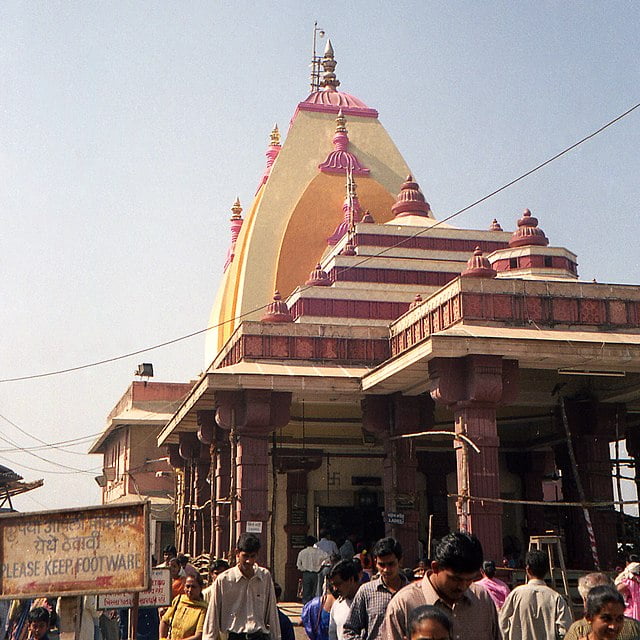



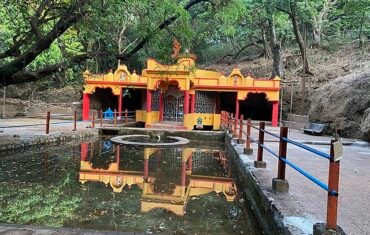
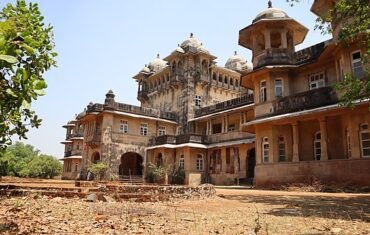
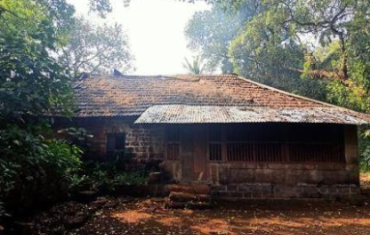




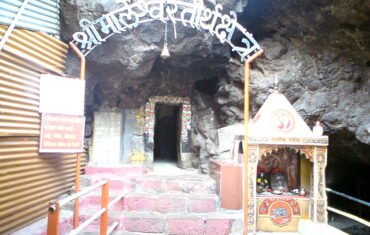
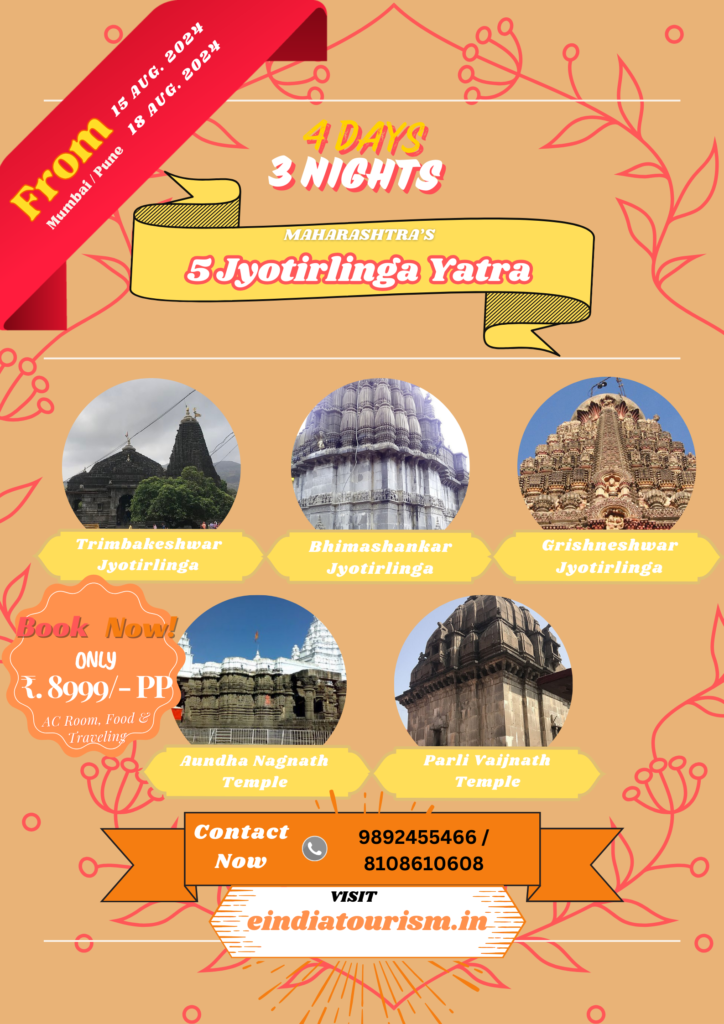

Comments are closed.